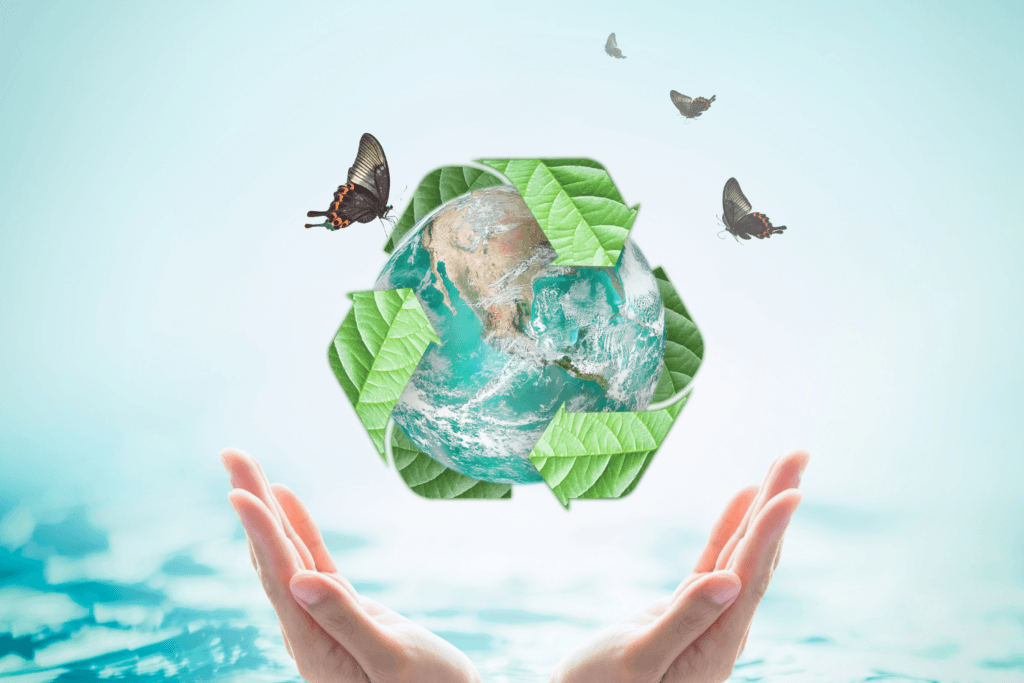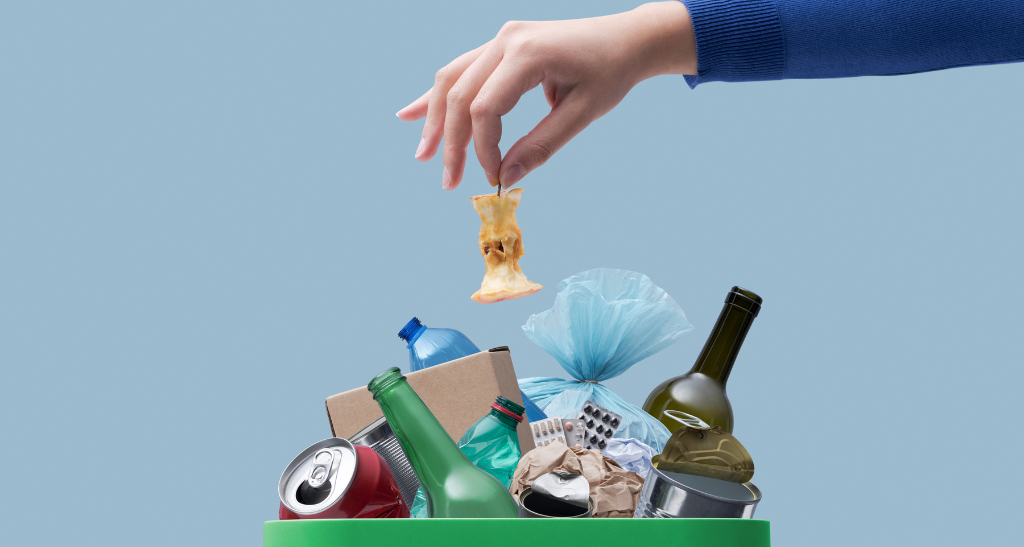Waste is a human invention. Every natural system on the planet cycles resources in perpetuity. Think back to school and learning about the cycles of nature (water, nutrients & organisms). Every waste product a natural system generates, feeds something else in that system. Reframed, most of the materials that we label as waste are in fact poorly utilized resources. You may find the following statistic alarming. Under our current infrastructure, more than 90% of the global resources we extract are only used/consumed once before being discarded as waste. Yes, we understand why this information can feel discouraging, but we are not powerless. We have the capacity and frameworks available to make impactful changes that not only ‘do less bad’, but repair generations of damage to global ecosystems and allow us to thrive as a resilient society. This is the foundation of the Circular Economic model.
The Linear Economy Paradigm
Today, we live in a discard society. Our current economic system operates in a linear fashion. We take raw materials, make a product, use that product and then discard it as waste. The linear economy is functionally finite in nature and yet, it operates under the pretense that we have an endless supply of raw materials, that our waste “goes away” and the resulting impacts to our ecosystems are inconsequential.
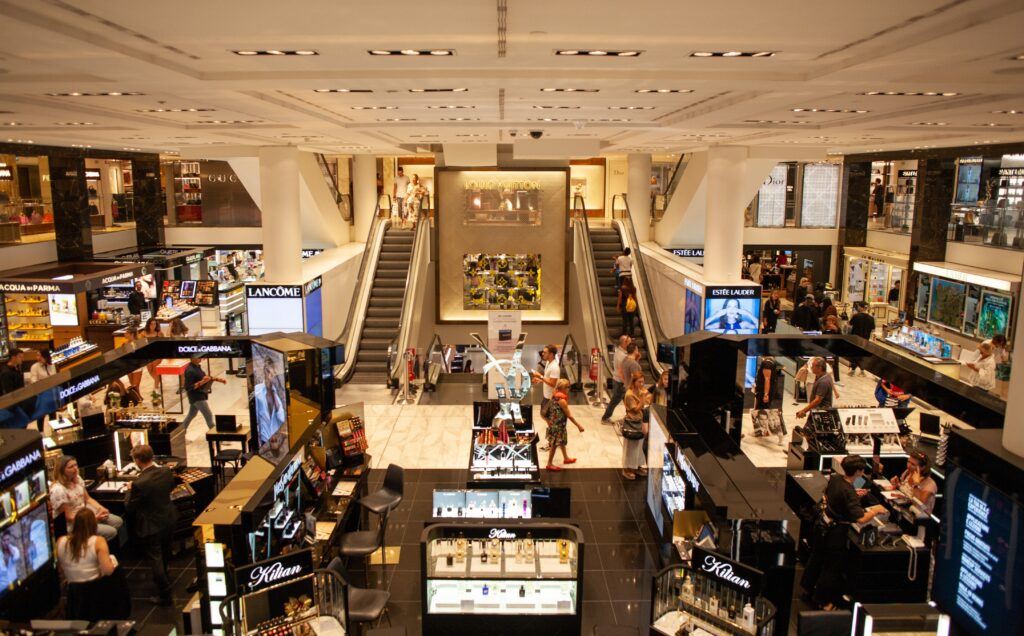
A reflection on how we got here…
When we hear people speak about the concept of creating a circular economy, we often hear it framed as being a new idea. While we currently operate within a globalized linear economy, and we have been on this track for some time, it has not always been this way. When we dig a little deeper, we discover that the scale of the current linear approach started to truly dominate the market at the start of the 3rd industrial revolution in the early 1970s, less than 100 years ago. This was the emergence of automated mass-production, centralized/globalized supply chains and the shift toward convenience culture. We built the system so that it was more cost effective to continue harvesting raw materials to mass manufacture products that support the discard and replace mentality, instead of designing for durability and repairability. Not surprisingly, we have seen a coinciding increase in the amount of physical waste being generated since the start of industrial revolution. As an illustration, since the emergence of industrialized society in the 19th Century (1800 – 1900), our carbon emissions have increased from 0.03 to 34.81 billion metric tonnes per year 1. That is almost a 1200x increase in emissions.
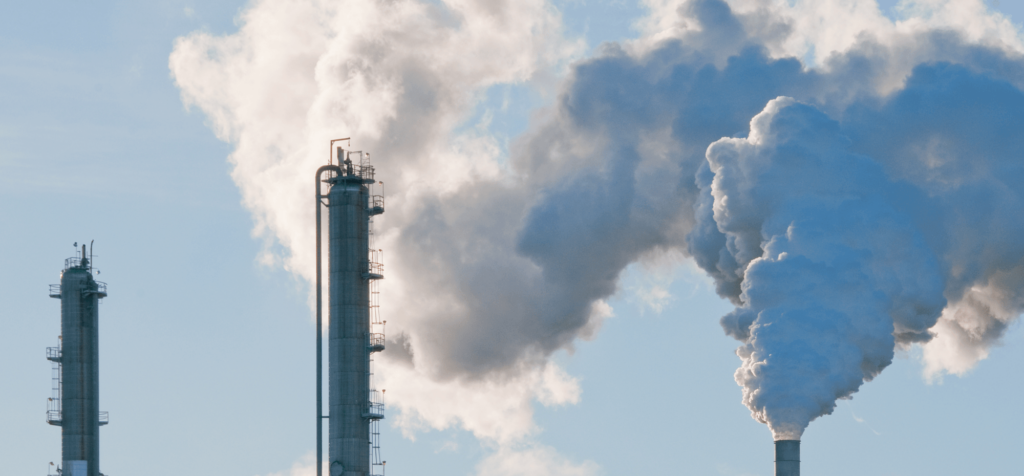
How do we move forward with a Circular Economy?
Before the emergence of industrialized society, we operated with a more agrarian and decentralized approach to the economy. Raw materials were treated as valuable resources and were rarely wasted. Products were designed to be durable and to be repaired, so that they lasted for generations. The shift toward a circular economy, reprioritizes the value of raw materials and closed-loop systems to eliminate waste by design. The circular economic model is a return to our roots.
We have a practical path forward that tackles the cascade of urgent global challenges we are confronting. The circular economy goes beyond reducing our environmental impact and does not get stuck in the carbon tunnel vision narrative. Adopting a circular approach uses biomimicry to create resilient solutions for climate change, biodiversity loss, resource scarcity, ecotoxicity, soil erosion, human health, poverty and more.
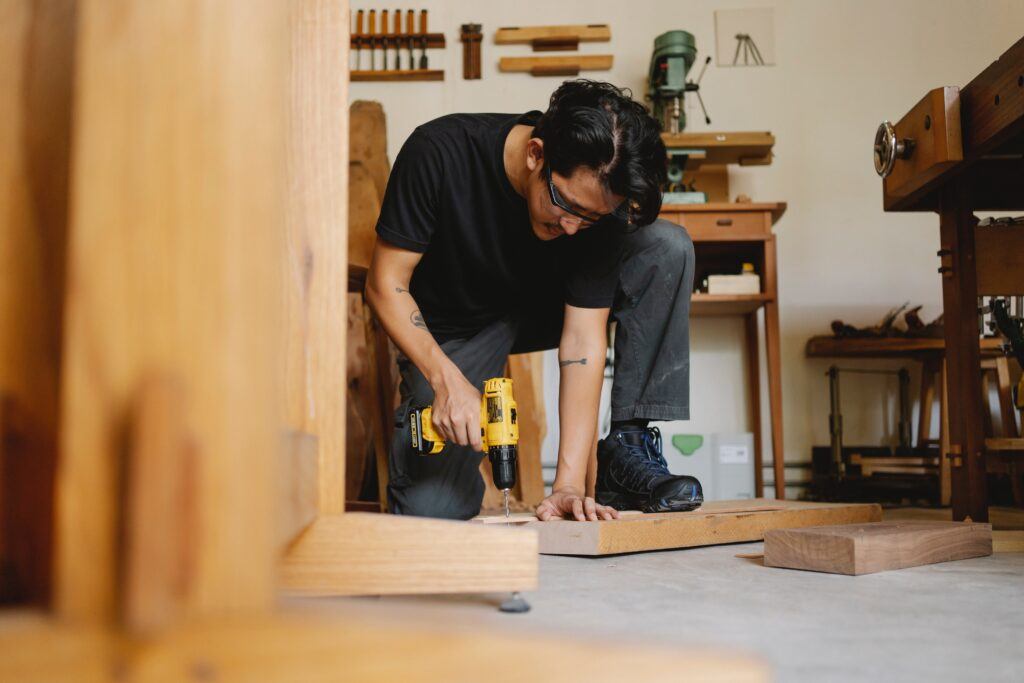
Shifting our Philosophy – The 6 R’s of the Circular Economy
- Rethink – Before we manufacture or buy a new product. Was the product designed to support a circular economy. Is it durable, repairable and how well does it function in a closed-loop system?
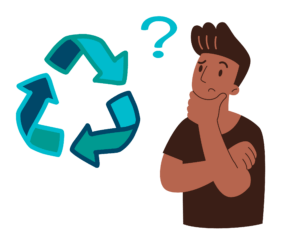
- Refuse/Reduce – The fabrication & purchase of products that are not designed to be durable, repaired or that do not function in a closed-loop system.
- Reuse/Regift – Use products as many times as possible and/or share with someone else if it is no longer wanted or needed. Purchase products second-hand, instead of new. Utilize tool-lending libraries, car-sharing services, etc.
- Repurpose – Use a product and/or its components in a new, creative way. For example, building furniture from old pallets.
- Repair/Refurbish – Prioritize products designed to be used, repaired and eventually returned to the manufacturer to be refurbished. Demand that manufacturers design products with replaceable parts. When a product has reached the end of its life, it should be returned to the manufacturer so they can harvest the components and use them to create a new product to prolong the lifespan of each element.

- Recycle – As a last resort. Remember, just because the product is technically made of material designated as recyclable, does not guarantee that it will be turned into a new product. Remember that 90% statistic we mentioned above. Material recyclability can vary significantly by municipality/city, province & country depending on the local infrastructure.
2 Circular Streams, Creating a Butterfly Effect
The below diagram from The Ellen MacArthur Foundation beautifully illustrates the flow of a circular system for both organic (living) and non-organics material streams. Please also reference the explainer video linked in our Resources section.
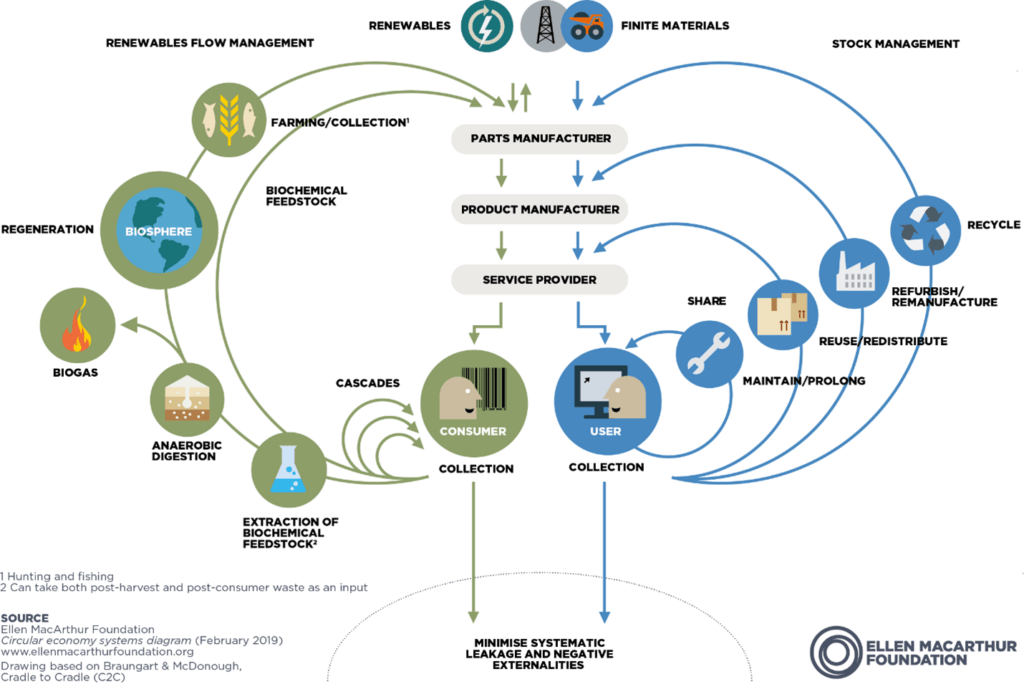
Why does it matter?
Time has become a commodity and convenience comes at a cost. Under the Linear economic approach, we may have unknowingly traded quality for volume and convenience. We are starting to understand the consequences of the discard society we have created. This linear way of operating is not only severely damaging our global ecosystems, but one could also argue, that this approach is equally harming our health and the quality of our lives. We are witnessing crises and shortages across a multitude of global industries and supply chains that we have come to rely on, and forecasts predict a continuation of this theme. It is abundantly clear that continuing with the status quo will no longer yield the same results.
Transitioning to a circular economy will secure a resilient future for the people, the planet and for businesses.
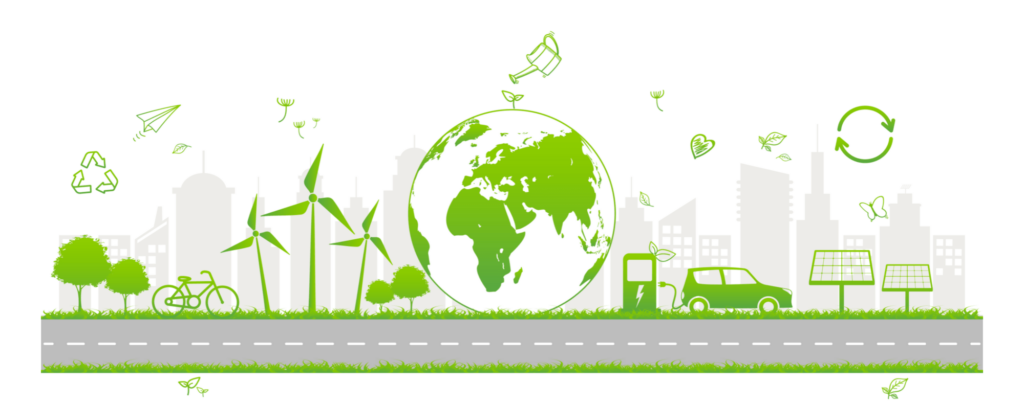
Learn More
- Ellen MacArthur Foundation
- Ellen MacArthur Foundation – Case Studies
- Butterfly Diagram Explained
- Rethinking Progress

